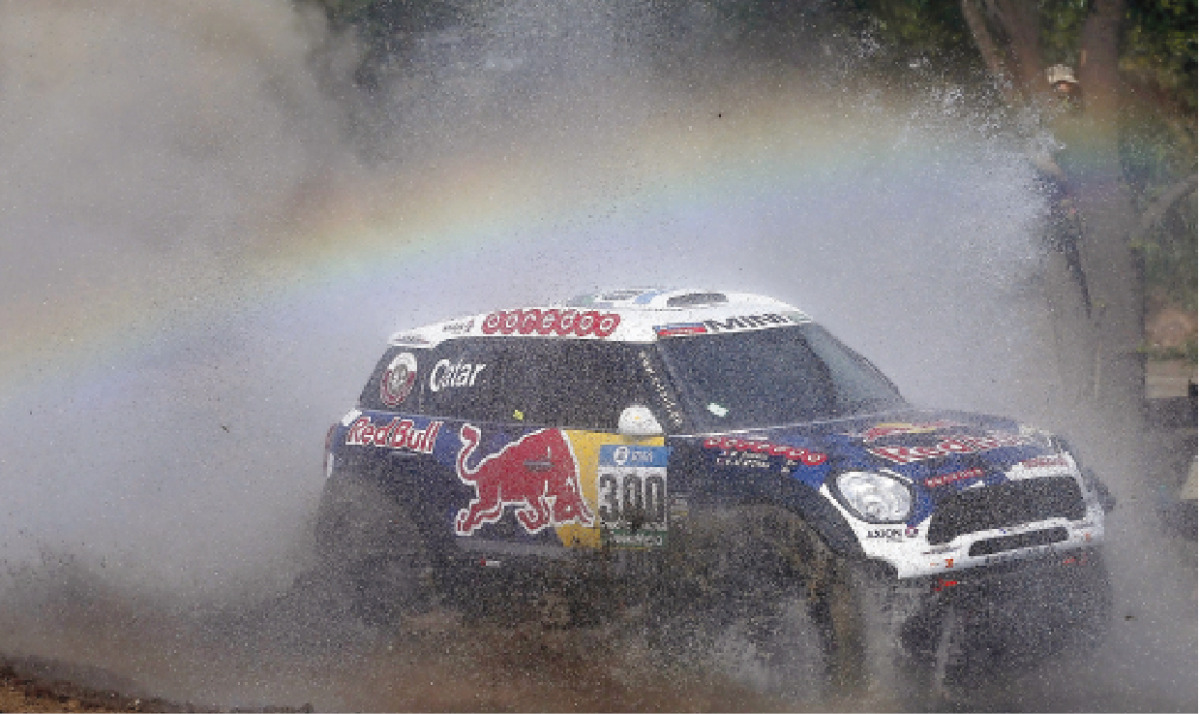

Buenos Aires: The second stage of the Dakar Rally yesterday was shortened because of poor weather conditions, race organisers confirmed.
Thunderstorms and heavy rain had already forced the cancellation of Sunday’s opening stage because of safety concerns, a day after 10 people were injured when a car crashed into spectators during the prologue.
The weather was again expected to have an impact on yesterday’s stage, with race director Etienne Lavigne confirming it had been shortened by at least 150 kilometres.
“It’s going to rain for most of the nigh on the special, then it should stop to begin again in the afternoon,” said Lavigne.
“We’re going to do our best to ensure that the stage will take place in the best possible conditions.”
With the opening Prologue near Buenos Aires last Saturday, the two week-race has been broken into 13 stages, with a rest day on January 10, taking riders on a winding path through Argentina and Bolivia.
The original route included time in Peru as well, but in August the country decided to withdraw from the race due to forecasts predicting particularly nasty weather due to El Nino.
The Peruvian government decided that it would be more appropriate to have all state services ready for action should a national emergency arise as a result of the weather.
This gave the event’s new Sporting Director, Marc Coma, himself a five-time Dakar champion, the challenge of rerouting the course to avoid entering Peru.
By mid-September, Coma and his team had charted a new route, leaving the dates, number of stages and length of stages the same as originally planned.
The type of terrain riders will face did change however, with fewer dunes and more technical track during the opening days en route to the rest day at Salta. Adding to the difficulty is the first marathon at Stage 4, a 429 kilometre special section that starts and ends at San Salvador de Jujuy.
High altitudes and alternating rocky and sandy terrain challenge the riders during the first half of the initial marathon, while the second half is marked by a climb even higher as competitors enter Bolivia with the goal of reaching Uyuni.
There is a second marathon stage is planned for after the rest day, and as always, there will be no assistance available to riders during either of the marathons.
Other features unique to this year’s event include the longest Fiambala dune section since the event moved to South America during Stage 10.
It’s also the first event since the inaugural Dakar that won’t include a previous motorcycle class winner, ensuring that the Number 1 plate will go to a first-time victor in 2016. Agencies




